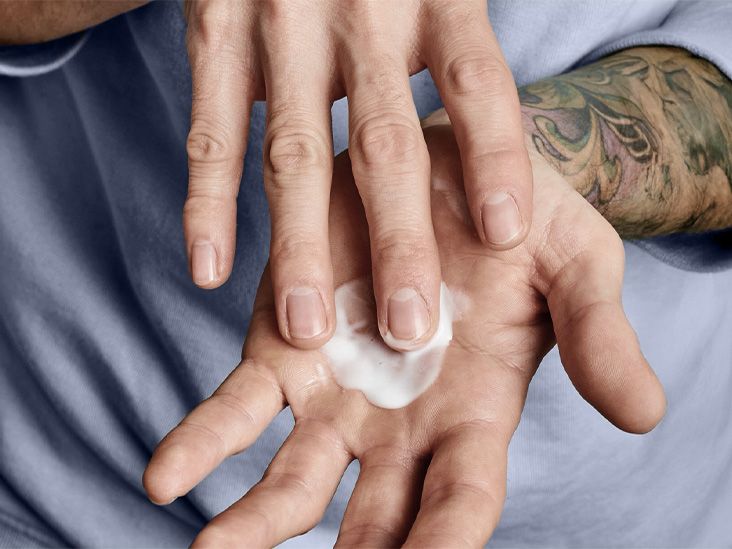Debunking COVID-19 Myths

In the wake of the COVID-19 pandemic, misinformation and myths have proliferated, complicating efforts to curb the virus’s spread and protect public health. It is imperative to separate fact from fiction and dispel these misconceptions to foster a well-informed public. This article will focus on debunking COVID-19 myths, shedding light on the truths that often get overshadowed by falsehoods.
Myth 1: COVID-19 is Just Another Flu
One of the most pervasive myths is the comparison of COVID-19 to the seasonal flu. While both illnesses are respiratory infections, they differ significantly in terms of their impact. COVID-19, caused by the SARS-CoV-2 virus, has a higher transmission rate and can lead to more severe complications, particularly in vulnerable populations. The rapid spread of COVID-19 has overwhelmed healthcare systems globally, a scenario not typically seen with the seasonal flu.
Myth 2: Masks Are Ineffective
Despite early mixed messages about mask usage, overwhelming evidence now supports the efficacy of masks in reducing the spread of COVID-19. Masks act as a barrier, preventing respiratory droplets from traveling through the air and reaching others. This simple yet effective measure has been instrumental in controlling outbreaks, especially in crowded or enclosed spaces. By highlighting this, we are actively debunking COVID-19 myths that undermine public health measures.
Myth 3: Only the Elderly and Sick Need to Worry
While it is true that older adults and individuals with pre-existing health conditions are at higher risk of severe illness from COVID-19, younger and healthier individuals are not immune. COVID-19 can lead to serious complications, including long-term health issues known as “long COVID,” in people of all ages. Additionally, asymptomatic carriers can unknowingly spread the virus to more vulnerable individuals, emphasizing the collective responsibility to follow preventive measures.
Myth 4: Vaccines Were Rushed and Are Unsafe
The unprecedented speed of COVID-19 vaccine development has led some to question their safety and efficacy. However, the rapid development was made possible by global collaboration, substantial funding, and decades of prior research on related viruses. COVID-19 vaccines underwent rigorous clinical trials and have been shown to be both safe and effective. Addressing vaccine hesitancy is crucial in debunking COVID-19 myths and achieving widespread immunization.
Myth 5: Natural Immunity is Better Than Vaccine-Induced Immunity
There is a misconception that contracting COVID-19 and recovering provides superior immunity compared to vaccination. While natural infection does confer immunity, the level and duration of protection can vary. Vaccines are designed to provide a strong and consistent immune response without the risk of severe illness that comes with natural infection. Moreover, vaccines have been shown to reduce the severity of breakthrough infections, making them a safer option.
Myth 6: COVID-19 is a Hoax
Perhaps the most dangerous myth is the belief that COVID-19 is not real or is exaggerated. This misinformation can lead to complacency and the rejection of critical health measures. COVID-19 has claimed millions of lives worldwide and continues to pose a significant threat. Dismissing the severity of the pandemic undermines efforts to control its spread and protect public health. Debunking COVID-19 myths like this is essential for fostering a responsible and proactive society.
Myth 7: 5G Networks Spread COVID-19
A bizarre yet surprisingly widespread myth is the idea that 5G networks are responsible for the spread of COVID-19. This conspiracy theory has no scientific basis. COVID-19 is caused by a virus that spreads through respiratory droplets, not radio waves. Such misinformation can distract from real preventive measures and contribute to unnecessary fear and confusion.
Myth 8: Home Remedies Can Cure COVID-19
Various home remedies, from consuming garlic to drinking herbal teas, have been touted as cures for COVID-19. While some may have general health benefits, none have been proven to prevent or cure COVID-19. Relying on unverified treatments can delay proper medical care and lead to worse health outcomes. Scientific research and clinical trials are the cornerstones of identifying effective treatments, highlighting the importance of evidence-based medicine in debunking COVID-19 myths.
Myth 9: COVID-19 is Man-Made
The origins of COVID-19 have been a topic of intense speculation and conspiracy theories. The consensus among scientists is that COVID-19 is a zoonotic virus, meaning it jumped from animals to humans. While the exact pathway remains under investigation, there is no credible evidence to support the claim that the virus was artificially engineered. Understanding the natural origins of COVID-19 is crucial for preventing future pandemics and combating misinformation.
Myth 10: Herd Immunity Can Be Achieved Without Vaccination
Some believe that allowing the virus to spread unchecked will eventually lead to herd immunity. However, this approach can result in widespread illness and death, overwhelming healthcare systems. Vaccination is a safer and more effective way to achieve herd immunity, protecting individuals and communities from severe outbreaks. Emphasizing the role of vaccines is vital in debunking COVID-19 myths that promote dangerous public health strategies.
The Role of Media and Social Responsibility
The proliferation of COVID-19 myths is often fueled by misinformation spread through social media and other platforms. It is the responsibility of individuals to critically evaluate the information they encounter and rely on credible sources. Media outlets also play a crucial role in debunking COVID-19 myths by providing accurate and timely information. Public education and awareness campaigns can help counteract misinformation and promote health literacy.
In conclusion, debunking COVID-19 myths is an ongoing and critical task. By addressing these misconceptions with factual information, we can better navigate the challenges posed by the pandemic. It is essential to remain vigilant, informed, and proactive in combating misinformation to safeguard public health and ensure a swift and effective response to COVID-19.


